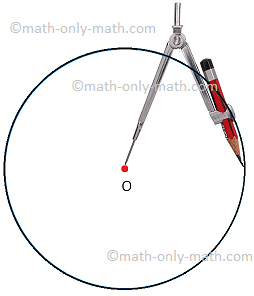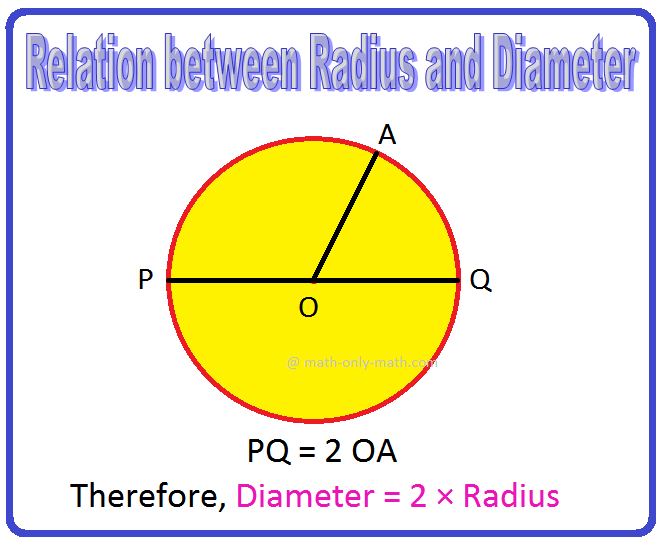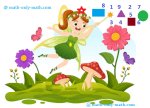Natural Numbers
Natural numbers are all the numbers from 1 onwards, i.e., 1, 2, 3, 4, 5, ………… and are used for counting.
We know since our childhood we are using numbers 1, 2, 3, 4, 5, 6, ……….. to count and calculate.
For example: 3 apples, 7 mangoes, 2 balls,etc.
Here, apples, mangoes, balls, etc. are objects whereas three, seven, two, etc. indicate about the quantities of these objects.
When we count objects in a group of objects, we are counting from one and then go on to two, three, four etc. This is a natural way of counting objects.
Hence, 1, 2, 3, 4, 5, 6, 7, 8, 9, 10, 11, …..….. are called natural numbers.
Since, we start counting with number 1, so 1 is the first natural number. If we add 1 to the first natural number 1, then we get 2, the second natural number. By adding 1 to 2, we get 3, the third natural number. In fact, by adding 1 to any natural number we get the next natural number.
It follows from the above discussion that 1 is the first natural number and there is no last natural number.
Thus, if we start counting natural numbers, we cannot complete the counting of all natural numbers even if we continue to count day and night for our whole life. This fact is expressed by saying that there are infinitely many natural numbers.
● Properties of Natural Numbers
Numbers Page
6th Grade Page
From Natural Numbers to HOME PAGE
Didn't find what you were looking for? Or want to know more information about Math Only Math. Use this Google Search to find what you need.
Recent Articles
-
Circle Math | Terms Related to the Circle | Symbol of Circle O | Math
Apr 24, 24 02:57 PM
In circle math the terms related to the circle are discussed here. A circle is such a closed curve whose every point is equidistant from a fixed point called its centre. The symbol of circle is O. We… -
Fundamental Geometrical Concepts | Point | Line | Properties of Lines
Apr 24, 24 12:38 PM
The fundamental geometrical concepts depend on three basic concepts — point, line and plane. The terms cannot be precisely defined. However, the meanings of these terms are explained through examples. -
Symmetrical Shapes | One, Two, Three, Four & Many-line Symmetry
Apr 23, 24 04:50 PM
Symmetrical shapes are discussed here in this topic. Any object or shape which can be cut in two equal halves in such a way that both the parts are exactly the same is called symmetrical. The line whi… -
Relation between Diameter Radius and Circumference |Problems |Examples
Apr 23, 24 03:15 PM
Relation between diameter radius and circumference are discussed here. Relation between Diameter and Radius: What is the relation between diameter and radius? Solution: Diameter of a circle is twice -
Preschool Math Activities | Colorful Preschool Worksheets | Lesson
Apr 21, 24 10:57 AM
Preschool math activities are designed to help the preschoolers to recognize the numbers and the beginning of counting. We believe that young children learn through play and from engaging





